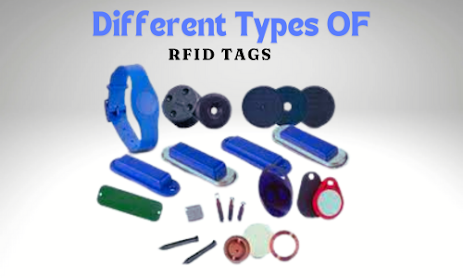How Do RFID Tags Work and What Are They Used For?

RFID tags have emerged as a game-changer, transforming industries, and enhancing efficiency. Understanding how RFID tags work and their diverse applications can offer insights into their growing importance. Let's explore the workings of RFID technology and its varied uses across different sectors. RFID Technology RFID technology utilizes electromagnetic fields to automatically identify and track tags affixed to objects. Unlike barcodes, which require line-of-sight, RFID tags can be read without direct contact, even from several meters away. How RFID Works The core components of an RFID system are the RFID tag, the reader, and the antenna. Here's a detailed breakdown of how these components come together: RFID Tag : An RFID tag comprises a microchip and an antenna. The microchip stores data about the object, while the antenna transmits this data to the RFID reader . RFID tags are available in two main types: passive and active. Pa...




